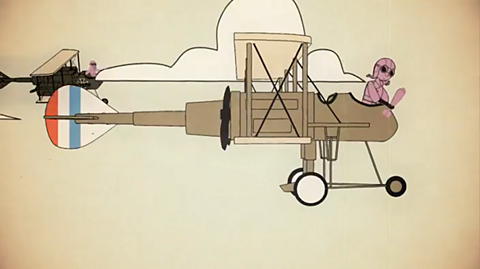When did World War One begin?
On 4 August 1914, Britain declared war on Germany.
It became known as The Great War, as it affected people all over the world.
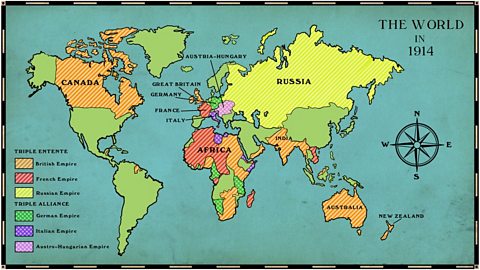
Who was the war between?
The war was between:
| The Triple Alliance | The Triple Entente |
|---|---|
| Germany | Great Britain |
| Austria - Hungary | France |
| Their Allies | Russia |
Each of the countries got their troops ready to fight. They included the army (people who fight on land) and the navy (people who fight on the seas).
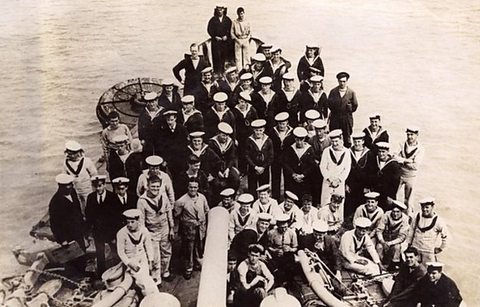
How did the war start?
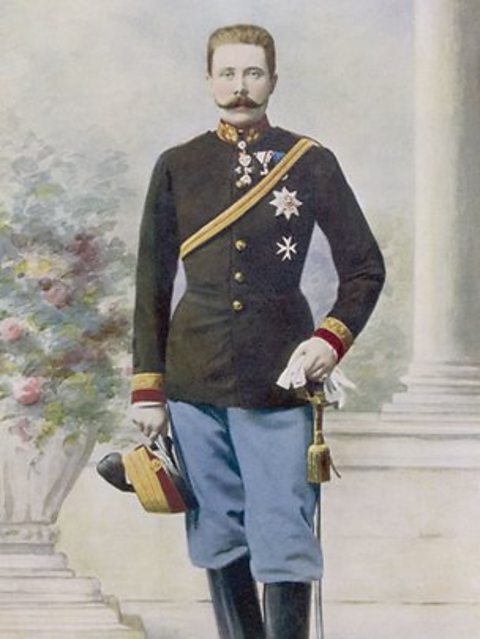
Many countries had made alliances with one other. They agreed to protect each other. If one was attacked, the others would defend them.
On 28 June 1914, Archduke Franz Ferdinand, the heir to the throne of Austria-Hungary, was shot and killed by a Serbian man who thought Serbia should control Bosnia instead of Austria.
Because its leader had been shot, Austria-Hungary declared war on Serbia. As a result:
Russia got involved because Russia had an alliance with Serbia.
Germany then declared war on Russia because Germany had an alliance with Austria-Hungary.
Britain declared war on Germany because of its invasion of neutral Belgium. Britain had agreements to protect both Belgium and France.

Where were battles fought?
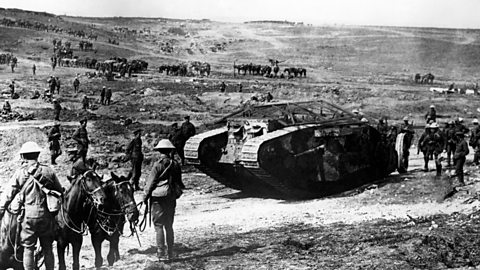
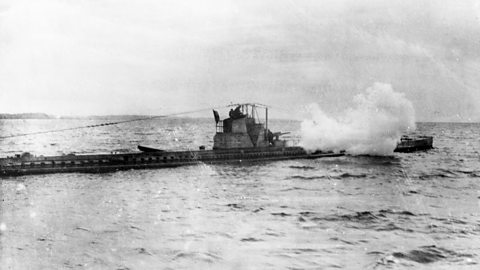
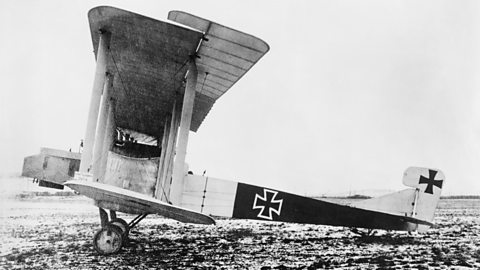
What was trench warfare?
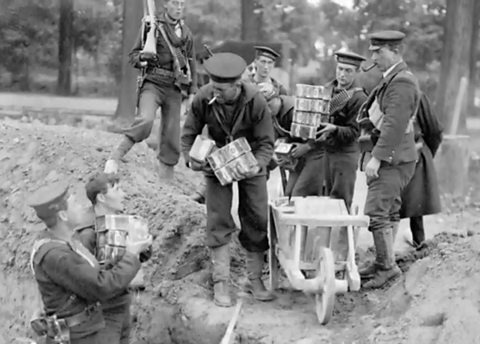
Many battles were fought using trench warfare.
Long ditches were dug in the ground.
Soldiers lived in these trenches and sometimes climbed out to attack.

How did life at home change?
- There were restrictions on bonfires, pubs, and buying binoculars.
- Feeding wild animals was seen as a waste of food so it became a crime.
- Newspapers were stopped from writing anything that didn't support the war.
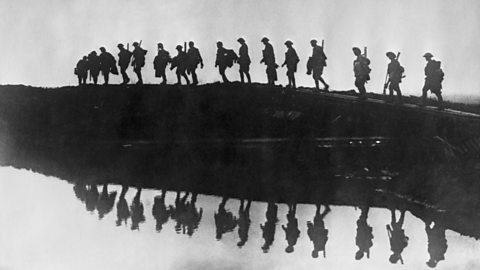
Activities
Activity 1: Quiz - What started World War One
Activity 2: History Explorer game
Play this game to test your knowledge and learn even more facts about World War One.
History Explorer: Secrets through time
History Explorer: Secrets through time: KS2 History
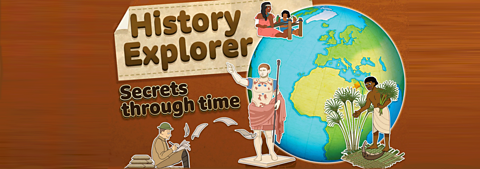
Bitesize Primary games. gameBitesize Primary games
Play fun and educational primary games in science, maths, English, history, geography, art, computing and modern languages.

More on World War One
Find out more by working through a topic
- count23 of 43
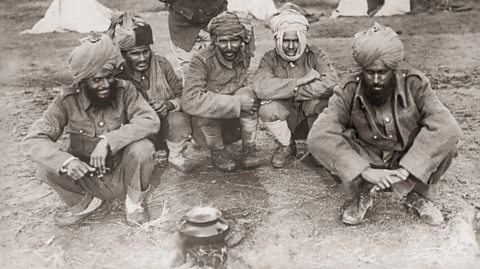
- count24 of 43

- count25 of 43

- count26 of 43
